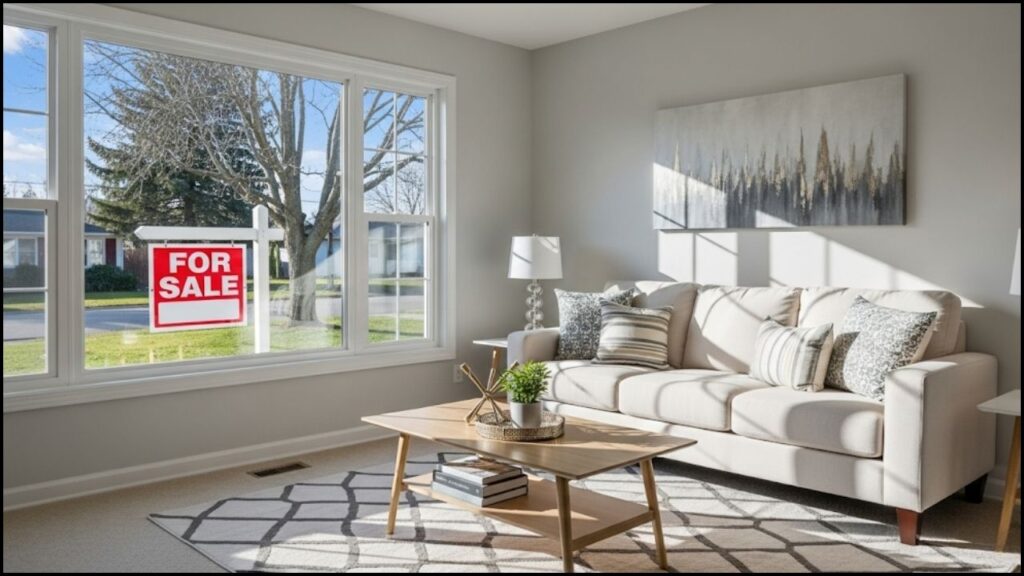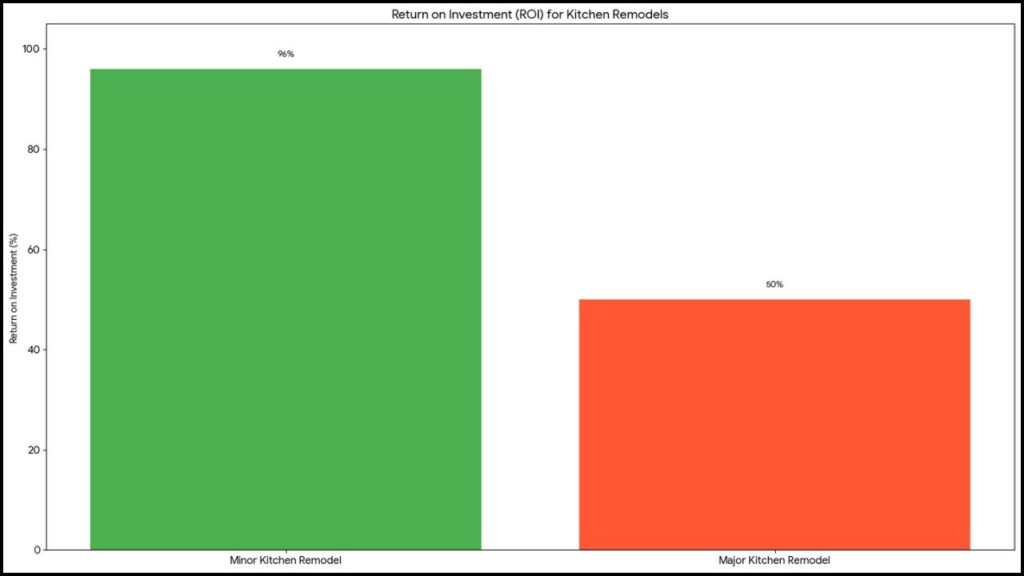
Homeowners preparing to enter the real estate market are often told to undertake a long list of repairs and upgrades to maximize their property’s value. However, many seasoned real estate professionals argue that some of the most time-consuming and expensive projects offer a poor return on investment. Before selling a home, experts suggest sellers should carefully weigh which improvements will actually attract buyers and which are simply a waste of money.
This strategic approach focuses on cleanliness, functionality, and broad appeal over costly, taste-specific renovations. In a competitive market, understanding where to best allocate pre-sale funds can significantly impact a seller’s net profit and timeline.
Key Takeaways: What Not to Fix
| Common Task | Expert Advice | Rationale |
| Major Kitchen/Bath Remodel | Avoid full-scale renovations. | High cost and low ROI; buyers prefer to customize these personal spaces themselves. |
| Installing High-End Finishes | Stick to mid-range, neutral fixtures and appliances. | Luxury upgrades rarely recoup their full cost and can alienate buyers with different tastes. |
| Extensive Landscaping | Focus on tidiness, not a total garden overhaul. | Enhancing curb appeal is key, but elaborate gardens are a maintenance concern for many buyers. |
| Replacing All Windows | Only replace windows that are broken or non-functional. | New windows are expensive, with an average cost recoup of only 60-70%, according to industry data. |
| Finishing a Basement/Attic | Leave unfinished spaces as they are. | This major home improvement rarely provides a dollar-for-dollar return. |
| Making It a Blank Canvas | Depersonalize, but don’t erase all character. | A sterile home can feel cold; strategic staging helps buyers envision living there. |
Avoid a Full-Scale Kitchen or Bathroom Remodel
The most common advice given to sellers is to update kitchens and bathrooms, but experts caution against gut renovations. A major kitchen remodel can cost tens of thousands of dollars, yet sellers often recoup only a fraction of that expense at closing.
“A buyer’s dream kitchen is rarely the one you just spent $60,000 creating,” said Maria Garcia, a veteran real estate agent with Keller Williams in Austin, Texas. “They may hate the countertops you chose or the layout you designed.” According to Remodeling Magazine’s 2024 Cost vs. Value report, a minor kitchen remodel (such as painting cabinets, swapping hardware, and installing a new faucet) recoups an average of 85.7% of its cost, while a major, upscale remodel recoups only 41.8%. Instead, professionals recommend targeted, cosmetic fixes. A fresh coat of paint on cabinets, updated lighting, and new, modern hardware can transform a space for a few thousand dollars, providing a much higher return.

Skip the Luxury Appliances and Finishes
Similarly, upgrading to professional-grade appliances or installing high-end marble countertops is often a financial misstep. While these features may appeal to a small segment of the luxury market, most buyers in the mid-range will not pay a significant premium for them.
“Your goal is to appeal to the widest possible audience,” stated David Chen, a broker and market analyst in Southern California. “Buyers need to see a functional, well-maintained kitchen. They don’t necessarily need a Sub-Zero refrigerator, and you won’t get your money back on it.” Instead, ensure all existing appliances are clean and in perfect working order. If an appliance must be replaced, choose a respected, mid-range brand in a popular finish like stainless steel.
Tidy the Yard, Don’t Re-landscape It
Strong curb appeal is essential for making a good first impression. However, this does not require hiring a landscape architect to redesign the entire yard. Over-improving the exterior with complex flower beds, elaborate water features, or exotic plants can be a liability.
“A pristine lawn, trimmed hedges, fresh mulch, and a few pots of colorful flowers by the front door are what matter,” Garcia advises. “Buyers often see elaborate landscaping as a future maintenance burden.” The focus should be on cleanliness and neatness: mow the lawn, remove weeds, and wash the exterior of the house.
Only Replace Windows if They Are Broken
New windows are a significant expense, and while they improve energy efficiency, they are not a project that typically excites buyers or adds significant resale value. Unless windows are cracked, have broken seals causing fogging, or are difficult to operate, most real estate agents advise leaving them alone.
“It’s a functional update, not a cosmetic one,” Chen explained. “If the windows work, a buyer assumes they work. You won’t get a ‘wow’ factor from new vinyl windows that justifies a $20,000 expense.” A better investment is simply to have the existing windows professionally cleaned inside and out.
Don’t Feel Pressured to Finish the Basement
Converting a basement or attic into a finished living space is one of the most expensive home improvement projects. While it adds square footage, the return on investment is notoriously low, often below 60 cents on the dollar, according to multiple industry analyses.
Many buyers prefer an unfinished basement they can customize to their own needs, whether for a workshop, home gym, or storage. “Present it as a clean, dry, and usable space with potential,” advises Garcia. “Paint the concrete floor and walls with a sealant and ensure the lighting is bright. That’s it.”
Depersonalize, But Don’t Sterilize
The standard advice to remove all family photos and personal items is sound, but it can be taken too far. A home that is completely devoid of character can feel sterile and unwelcoming, making it difficult for buyers to form an emotional connection.
“You want buyers to envision their life in the house, not yours, but you also want the home to feel loved and lived-in,” says Sarah Kemp, a professional home stager based in Atlanta. She suggests leaving neutral, tasteful art on the walls, keeping books on the shelves, and adding decorative items like a vase of flowers or a bowl of fruit on the kitchen counter. The goal is to create a welcoming atmosphere, not an empty showroom.
Ultimately, the most profitable approach to selling a home involves making smart, targeted improvements. By focusing on cleanliness, minor cosmetic repairs, and creating a neutral, inviting space, sellers can attract a broad range of buyers without over-investing in projects that fail to deliver a meaningful return.
